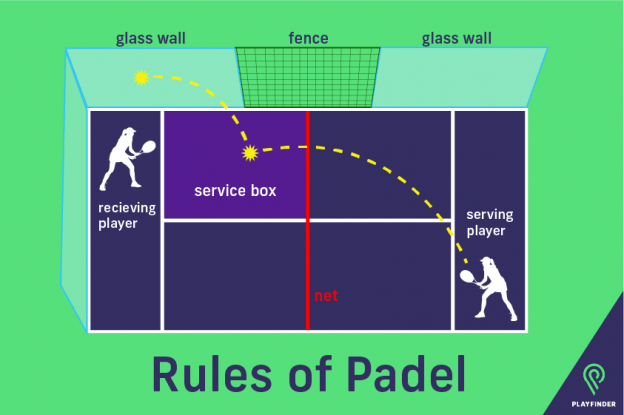Sport Technology and Innovation of the 21st Century: Changing Sports Forever
13 February 2015 • By - Kritt Normsaskul

- Sports technology
Sport technology has enhanced the way sport is played and officiated. Matches can be decided in seconds by moments of magic or a referee’s call. Here’s a brief look back at the good, the bad and the ugly of 21st century technology and how it has changed the way sport is played and officiated.
Technology working to help sports
Football – avoiding another ‘ghost goal’
Following Frank Lampard’s infamous “ghost goal” at the 2010 FIFA World Cup, football finally embraced goal-line technology to help referees decide whether or not a goal can be awarded. But critics points out that it interferes with the flow of the game, not to mention the price of goal-line technology which can cost up to £500,000 to implement
Tennis – you cannot be serious!
Hawkeye in tennis allows players to challenge tight calls and help solve on court disputes. At the Australian Open in 2009, Djokovic challenged call which saved the Serb a vital point But Hawkeye is open to abuse. At Wimbledon in 2008, Safin challenged a Federer serve – despite the ball landing
40cm inside the service box – a cheeky tactic to stop the Federer momentum?
Cricket – get out the ‘Snicko’
Surprisingly for such a traditional sport, cricket has embraced technology more than any other. Technology such as “Snicko” Hotspots and Hawkeye’s are used in cricket to analyse Leg Before Wicket decisions and ultimately improve officiating. However, doubts remain over the accuracy of Hawkeye having made several dubious calls in a match between Australia and India in 2008.
Rugby – Safeguarding Player’s Health, and monitoring performance
For some time Rugby has used technology to safeguard player’s health and analyse the performance of their players. Rugby players have played with GPS units on the back on their shirt and concussion monitoring sensors behind their ear to monitor impacts to players body and performance.
The Olympics: Precise Timekeeping
Sensors are placed everywhere to get the very best accuracy in timekeeping. At the 2008 Beijing Olympics, Michael Phelps secured his 7th gold medal in the 100m butterfly event, coming first by a hundredth of a second. But technology is not perfect. South Korean fencer Shin A Lam was denied a place in the gold medal match following timekeeping error.
Formula 1: Faster Cars
In Formula 1, cutting-edge timekeeping technology has helped drivers and engineers produce faster and more efficient cars. But it comes with a cost – the steering wheel alone is the nerve centre of the car and can cost as much as $50,000.
Officials and spectators
Officials are turning to technology to aid making the right calls. In Rugby, Television Match Officials
can review replay footage to allow informed decisions. Spectators benefit from technology too. Ref Cam in Rugby allows fans to see games from a unique point of view. In tennis, there is palpable excitement in the crowd as Hawkeye is played on the big screen.
The wearable tech scene
Its not just professional sport people who benefit. Technology such as the Smart Wristbands from Jawbone and Fitbit can track your every step and every calories burned to measure your progress.
Technology gives us all information at our fingertips and Playfinder.com is making sports more accessible in London by providing a gateway to search and book sports venues online.




